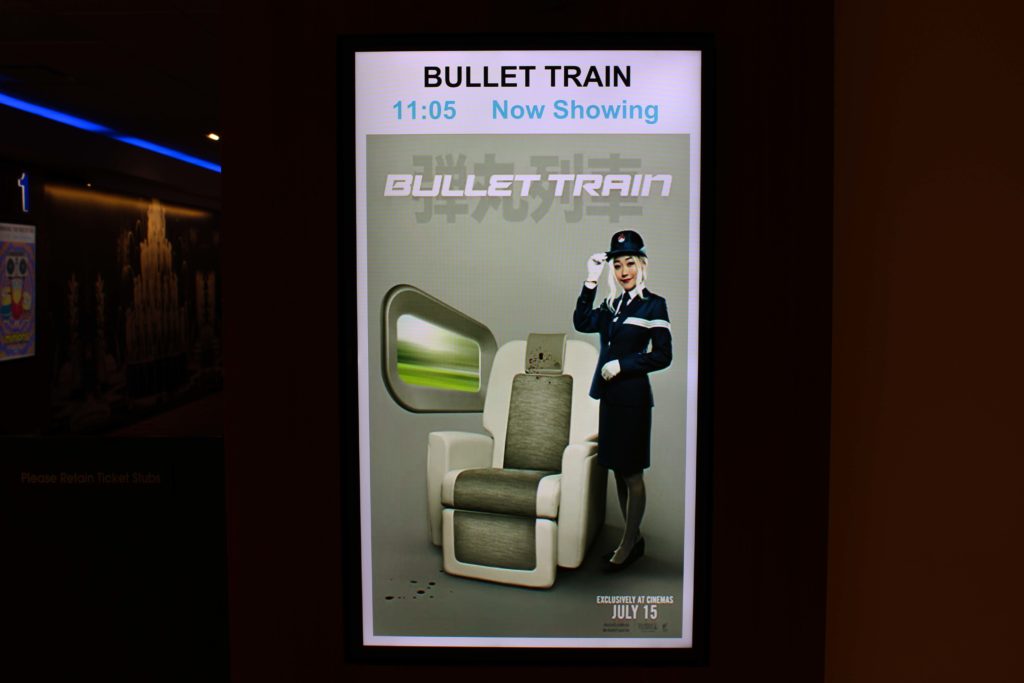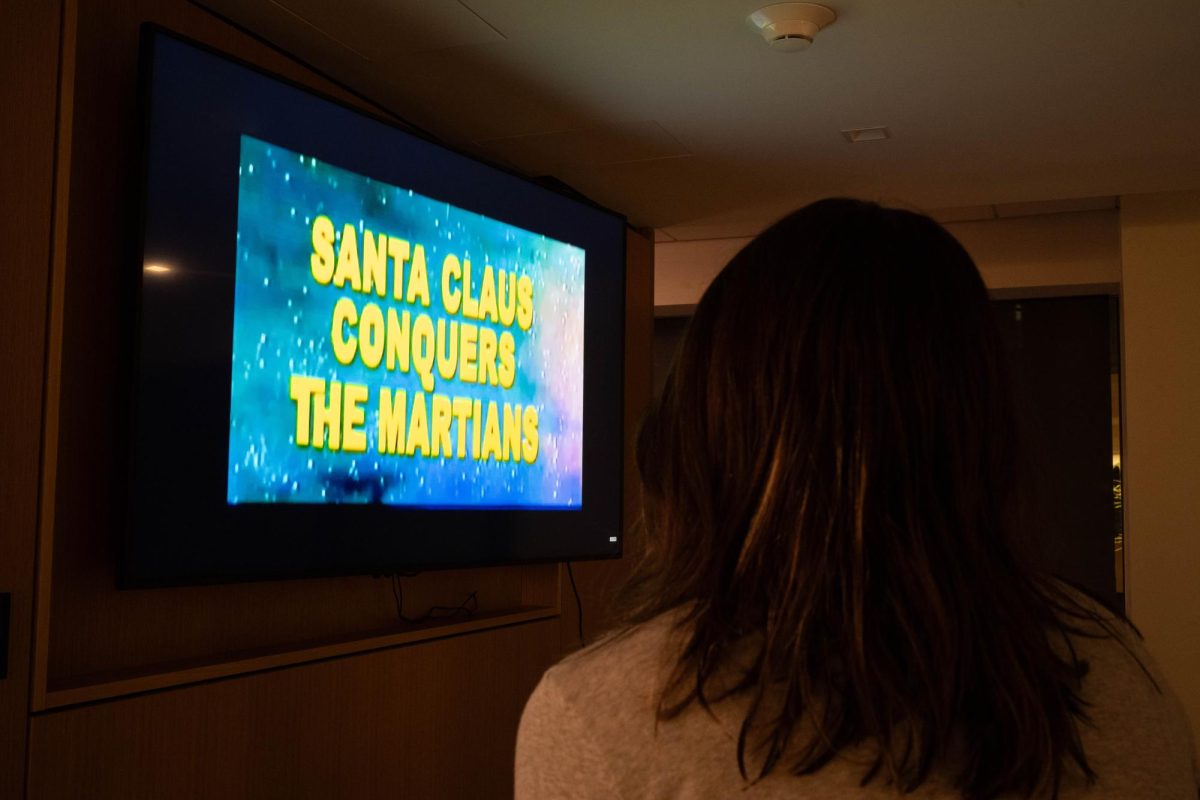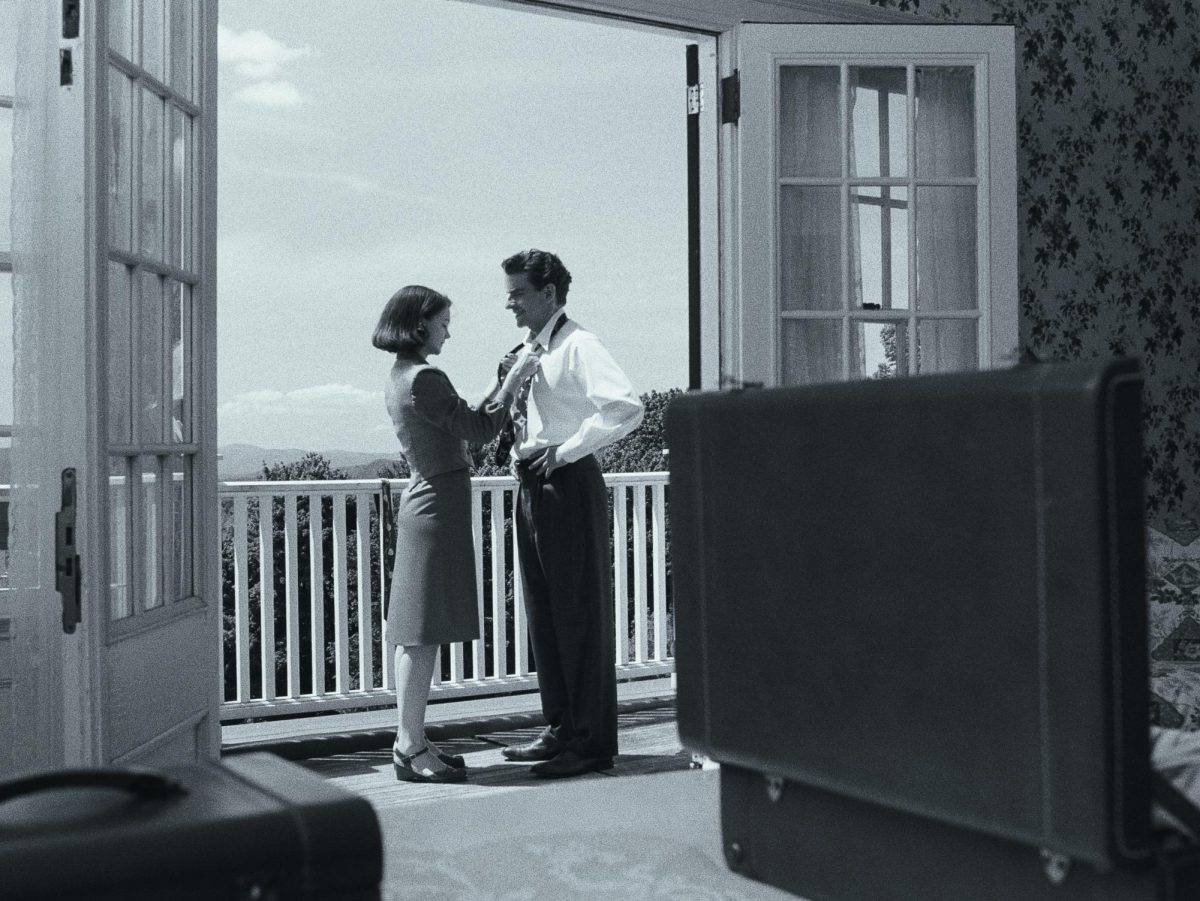Summer is coming to a close, so what better way to ride out the warm months with “Bullet Train,” a true popcorn movie with fast-paced action and quirky characters that will entertain just about any audience.
“Bullet Train” doesn’t offer much in terms of deep storytelling with complex characters, but it doesn’t really have to. The latest blockbuster in Brad Pitt’s dense filmography, the film is an action comedy with visual flair that will deliver audiences a high-adrenaline experience, albeit with more style than substance.
An adaption of a popular Japanese novel, “Bullet Train” features Ladybug – an assassin played by Brad Pitt – boarding, you guessed it, a Tokyo bullet train with the mission of receiving a mysterious money-filled briefcase guarded by more assassins, Tangerine, played by Aaron Taylor-Johnson, and Lemon, portrayed by Brian Tyree Henry. That’s just about all the information you’re given as the film starts, but the plot quickly unfolds into a web of double-crossing, organized crime and even more assassins after the briefcase.
Pitt, Taylor-Johnson and Henry aren’t the only stars on board. “Bullet Train” features an all-star ensemble brimming with chaotic energy that matches the campy vibe of the movie perfectly. “The Kissing Booth” lead Joey King, Puerto Rican superstar Bad Bunny and iconic Japanese action star Hiroyuki Sanada all shine in supporting roles, alongside a plethora of cameos from prominent actors that I won’t spoil.
The cast, for the most part, delivers entertaining performances that help bolster the film’s tongue-in-cheek feel. The same can’t be said for Pitt, who gives a fine performance, but not one that captures his greatest strengths as an actor.
Pitt is more equipped for cool and suave characters, unlike Ladybug – a former assassin who later went to therapy out of guilt for his crimes and spends most of the movie apologetic and bewildered with anxiety-induced reactions to most of the events in the film. Ladybug’s demeanor is an admittedly fresh take on your typical action protagonist, but one that might have been better suited for an actor like William Jackson Harper or Robert Downey Jr.
The writing, which I consider to be the film’s weakest element, doesn’t help either. The film embodies cheesiness and camp, yet the majority of the dialogue is sterile, unmemorable and uninspired, much more along the lines of a mediocre Marvel movie. An exception can be made for Henry and Taylor-Johnson, whose chemistry is enough to carry some otherwise weak attempts at witty banter.
That being said, few will come to “Bullet Train” for an Oscar-winning script. The highly stylized – and highly violent – fight scenes absolutely deliver as the main appeal of the film through director David Leitch’s phenomenal action direction.
Reminiscent of the works of Quinten Tarantino and Shane Black, “Bullet Train” supplies captivating visual flare through action scenes, with plentiful use of long shots and close-ups that make each fight a joy to watch. But the film’s brawls also ooze creativity – each fight bringing much more than simple punching and kicking, but instead clever battles with objects like poison and water bottles. No two action set-pieces are the same, adding new and individually intense stakes to each fight.
In one such battle, characters duel in the train’s quiet car and must adhere to the vehicle’s strict rules, forcing them to be stealthy. Both dish and incur pain without making a sound, and the fights get only stranger from there.
Outside of the action, Leitch’s direction in the movie is hit or miss. Leitch, who also directed “Deadpool 2,” employs liberal use of cutaways, on-screen text and fourth wall breaks, which work well with the bizarre atmosphere at times. But mostly, the direction feels more “tell, don’t show,” lacking more subtle, strategic storytelling for viewers to decipher independently, an unfortunate approach for someone who is usually a very visually talented director.
As many problems as I had with this movie, I’d be lying if I said any of them had a huge role in dampening my enjoyment, as “Bullet Train”’s primary strength is that it simply does not take itself too seriously. The movie revels in its cheesy plot and cliché lines, savors every wink-at-the-camera directional decision and allows its cast to be as over the top as they possibly can. Yes, these factors make “Bullet Train” a profoundly stupid movie at times, yet it remains contagious in its vitality throughout its runtime.
“Bullet Train” is far from a perfect film – and isn’t that close to a great one either – but at the end of the day, it provides enough visually stimulating flair and irreverent entertainment to earn the rank of a satisfying summer action movie.








